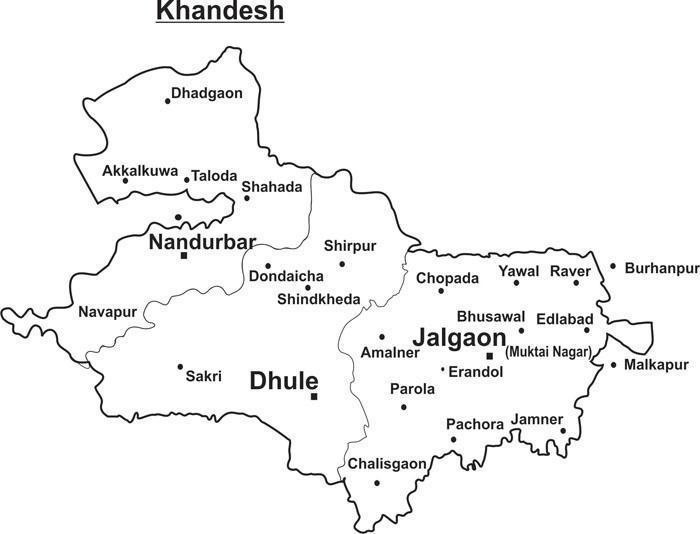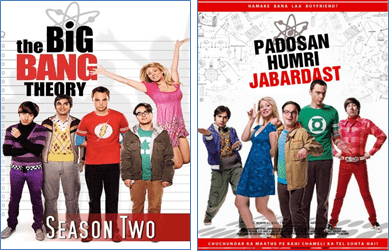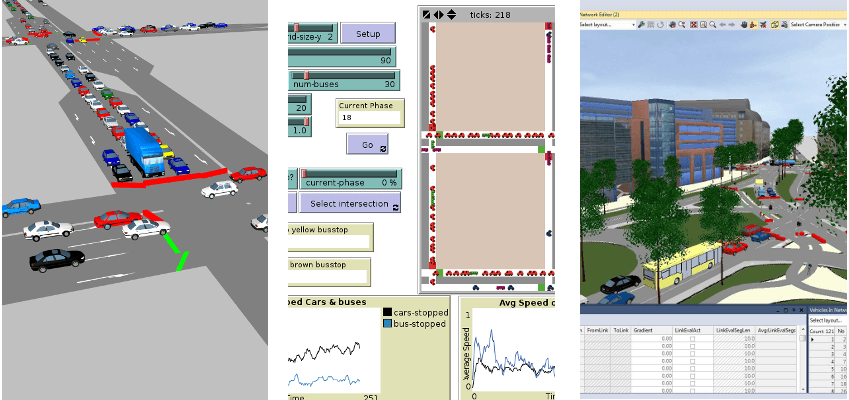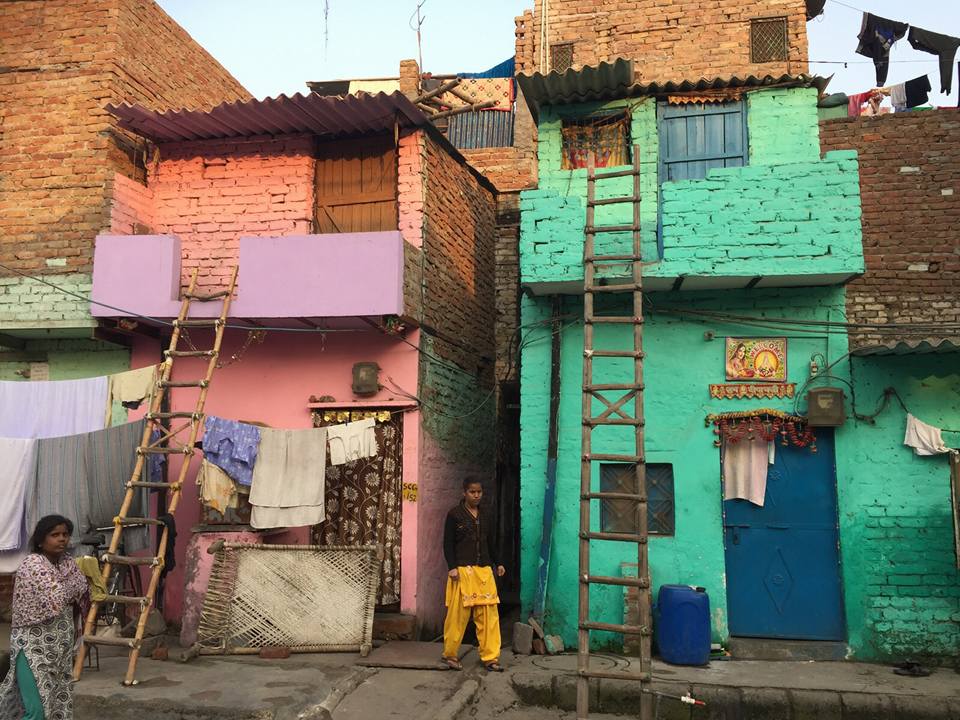Author: Sarai
-
BioScope Volume 8 Number 1, June 2017
We’re happy to announce the publication of BioScope vol. 8. no. 1. This issue of BioScope sets out to create conversations among visual and screen media that work with a documentary premise. Bringing together work on photography, film, and video will, we hope, help us to think about specificities and overlaps in how these different media…
-
Call for Applications: Researching the Contemporary 2017
The Centre for the Study of Developing Societies invites applications for its two-month course on ‘Researching the Contemporary’. This cross-disciplinary course will critically examine the formation of the contemporary and its multiple histories, ideologies, forms and affects. The following four courses offered this year will enable participants engage with concepts, theories and methods to critically understand and analyse the contemporary…
-
Positions for Visiting Assistant Professors at CSDS
The Centre for the Study of Developing Societies offers up to 06 Visiting Assistant Professors (Lecturer) Positions. Of the total number of positions up to 50% will be reserved for candidates belonging to SC/ST/OBC. Candidates applying for the reserved positions should clearly state the category they belong to. Women candidates are encouraged to apply. Preference…
-
BioScope Volume 7 Number 2, December 2016
We’re happy to announce the publication of Bioscope vol. 7. no. 2.
Disregarded, disreputable, provincial, seedy, illicit, cheap, scrap, or just plain trash: there are many ways to describe the forms of screen culture that populate this issue of BioScope. From Bhojpuri action cinema to film paraphernalia sold by the kilogram by the scrap-merchant; from 1980s Malayalam soft-porn to “cracked” games consoles; these forms of screen culture inhabit a netherworld of disregard, disrespect, and, often, discontent. They are produced and circulated through intersecting infrastructures of illegitimacy…
-
Culture, Conflict and Cyberspace: Towards a Bodo Digital Identity
The Death Valley (2012) is a multilingual short film by Rajiv Saikia that aims to capture the 2012 ethnic conflict between the Bodos and Muslims, highlighting how innocent civilians from both sides are caught in the crossfire. This fictional account tells the story of a Bodo man and a Muslim man who are on friendly terms. Their peaceful existence is disrupted when ethnic conflict erupts. The Bodo man is chased by a group of Muslim men before being brutally murdered while his Muslim friend is killed as he tries to save him. Afterwards, the women of the two families leave with their children because of the unsafe environment…
-
Morality, Illegality and Crime in Download Culture.
This is the third and final research note from Shiva Thorat, one of the researchers who received the Social Media Research grant for 2016.
A Khandeshi album producer, who is also a politician, complained against me to the police. They gave me strict warnings on why I should not do download work. One of the policemen told me,
“People involved in the production of the song cannot get any money when the transfer process is free. The product should be making profit to pay everyone who is involved in the production. They have copyright over the song and it is illegal. If someone is not paying for their produced song it is the case of copyright infringement and transferring them is a crime, we might arrest you”.
-
Fans without Borders: Tracing Transnational Digital Fandom on Television
Televisual fandom is an amalgamation of multiple dimensions that include the televisual text, TV stars, corporate machineries of marketing and promotions and most importantly the fans. Fans are a significant parameter in analyzing the popularity of a television programme or a TV star; and fandom, therefore, is an important scholarly paradigm that redefines star studies on the small-screen. While the earlier forms of television-audience interactions were limited to sending letters to the broadcasters/producers, it is with the emergence of digital media, that this interaction has taken “one of the most intimate and far-reaching forms of sociability” in contemporary times…
-
Decree and Devotion: Sacred Property on Internet
I took a murky turn between the Sunday market on Biplabi Rash Behari Bose Road and the Portuguese Church that is called the Portuguese Church Lane. Behind the white church, in the lane teeming with resting pushcarts, small shops and old shabby buildings, I found my address – 10, Portuguese Church Lane, Kolkata 700001. It was a typically dilapidated building whose façade could not be fully seen from where I stood, it overwhelmed my field of vision. There was an A3 sticker on a closed part of the door that spoke about martyrdom and I was sure that it was the front gate of Haji Kerbalai Imambara…
-
Context is King: Contextualisation of Models and Simulations
“Models and simulations, both, represent certain reality in an abstract form…we are essentially trying to represent reality in some sense. [It is an] abstraction of reality – it could be a mathematical model, simulation model, or a physical model. When we develop a model there are a lot of parameters that need to be tuned, such as vehicle distribution, speed profile… Generally the software would have default values for these parameters and they have to be tuned based on Indian contexts. This becomes much more complicated in our traffic conditions because of the heterogeneity and non-lane-based movement. All this has to be replicated well in the simulation model…”
-
Daily Mobile Recharges to Water Tankers: Deconstructing the Infrastructure of Insecurity
Packets of Diamond chips strung from store fronts are a common sight in Delhi’s peri-urban areas like Savda Ghevda or its dense informal settlements, but not in its formal colonies where larger brands such as Lays chips are found instead. The ‘pocket internet’ that thrives on small data recharge amounts for mobile phones that my previous posts have covered is marketed similar to the ‘sachet marketing’ of Diamond chips. Moreover, economic trends indicate that at least in rural India, these small but regular amounts being spent on internet have even begun to eat into the profits of consumer items such as chips and cold drinks…








